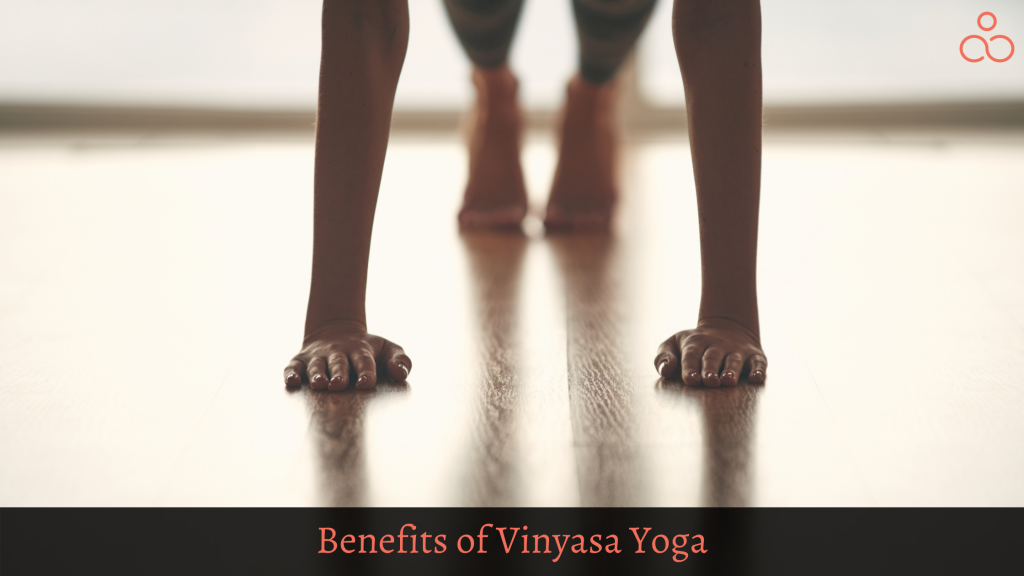Did you know there are 8 different types of yoga? These include Ashtanga Yoga, hatha yoga, Iyengar yoga, Kundalini yoga, hot yoga, restorative yoga, power yoga and Vinyasa yoga. Whether you are exploring yoga or wondering which form is best for you, it is a good idea to know about all the forms, what they entail and their benefits. You have probably stumbled here because you have been wondering if Vinyasa Yoga is right for you. This article will help you with important things to know about Vinyasa yoga and the benefits of Vinyasa Yoga.
What does Vinyasa mean?
The word “Vinyasa” has been derived from the Sanskriti words, ‘vi’ and ‘nyasa’. Vi refers to variation and ‘nyasa’ refers to ‘within established parameters’. It primarily means being conscious of every movement of the body at all times. Early yoga texts describe ‘Vinyasa’ as a sequence of consciousness or a way of unleashing creativity in life. A common understanding in yoga is that our bodily movements define our feelings and thoughts, and Vinyasa is known to be an extension of this belief.
What is Vinyasa Yoga?
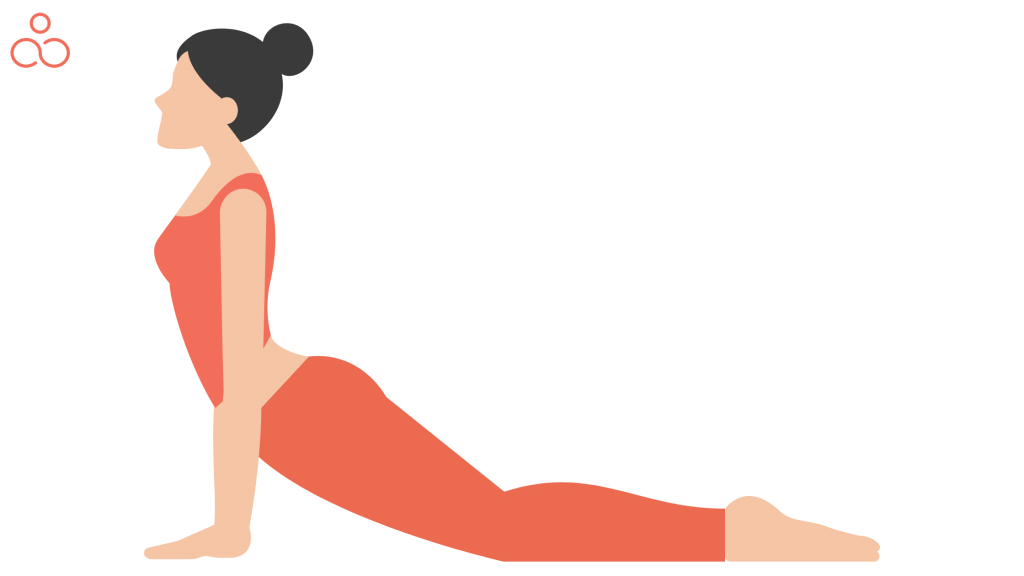
A fair understanding of Vinyasa Yoga can help you understand its benefits better.
Vinyasa yoga is among the popular yoga forms practiced across the world and is commonly known as flow yoga. The style involves a continuous flow of yoga poses. It is similar to dancing and one pose leads to another. These poses and transitions are linked with breath. It is a fast-paced yoga style that is different from other traditional styles. It is also different from slow flow yoga which is often referred to as a slower version of Vinyasa Yoga.
Vinyasa yoga is often confused with Ashtanga yoga. However, the primary difference between Ashtanga yoga and Vinyasa yoga is that ashtanga yoga follows a fixed sequence of poses whereas the teacher’s discretion determines the sequence of poses in Vinyasa yoga.
Vinyasa Yoga can be defined as a dynamic practice that is associated with high-energy, strength building and stimulation of the cardiovascular system.
History of Vinyasa Yoga
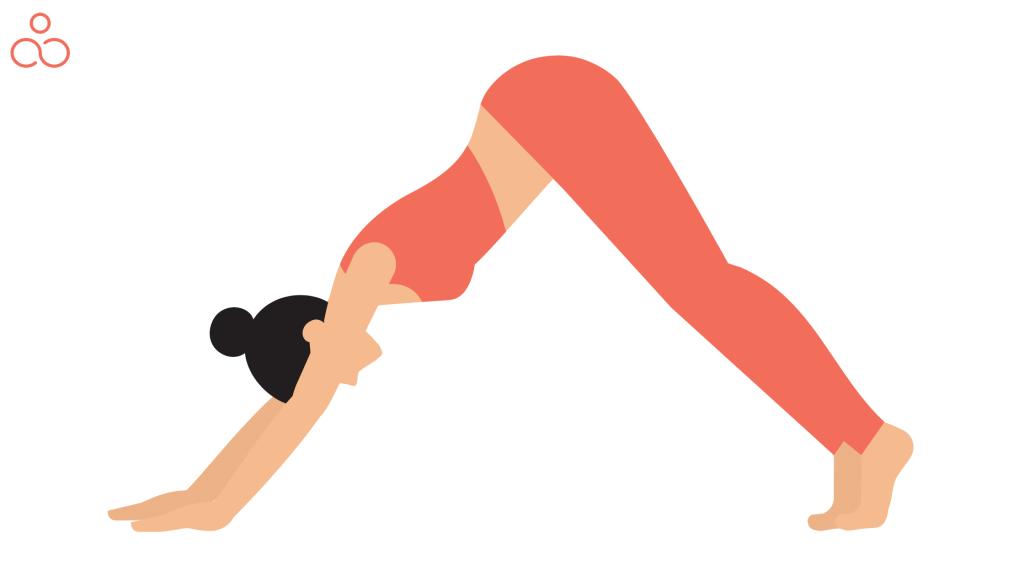
Unlike other yoga forms, Vinyasa doesn’t have a hierarchy. There is no documented founder or revered guru associated with Vinyasa yoga. It is a modern yoga form that evolves from the Ashtanga Vinyasa Yoga tradition. Vinyasa is flow yoga and is based on the teachings of Sri Krishnamacharya. According to him, the movements that a practitioner makes while moving from one yoga asana to another hold are as important as the postures. Thus, one must be conscious of every movement throughout the practice. The focus is not on getting into postures and releasing them, but on the flow.
Is Vinyasa yoga suitable for beginners?
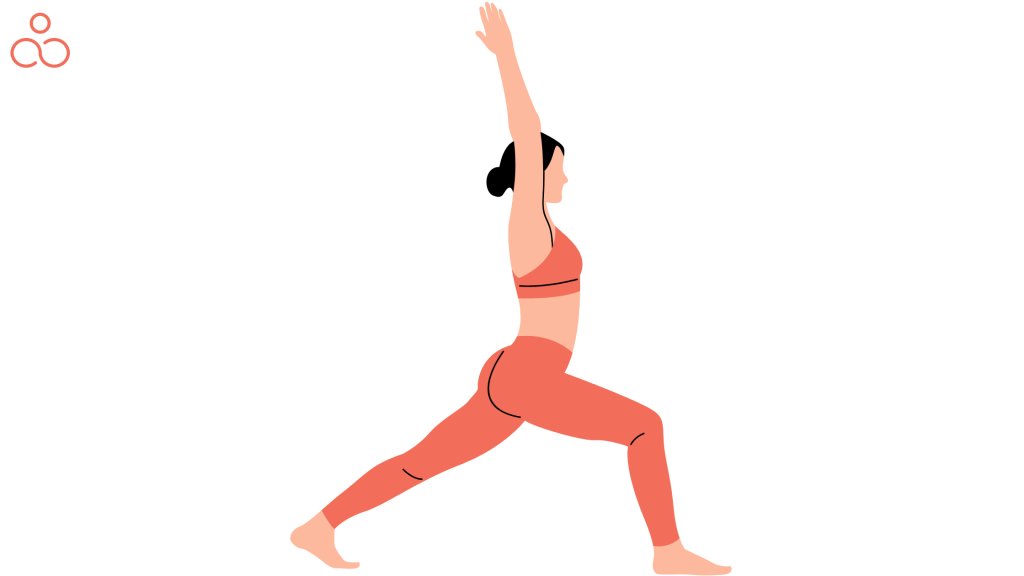
Yes, Vinyasa yoga is ideal for beginners and experienced yoga practitioners alike. However, beginners can find it challenging to practice vinyasa yoga. Thus, it is a good idea to attend a beginner workshop online or at a yoga studio near you. This will help you understand the type of poses, the associated breathwork and sequences. Apart from preparing you for regular sessions, it will also be helpful to assess if this style works for you.
It is also quintessential to choose an experienced yoga teacher with a certification to reap maximum benefits from the training.
All you need for a smooth vinyasa yoga practice is the will to perform the poses, an experienced teacher and the right sized yoga mat.
Reasons to practice Vinyasa Yoga
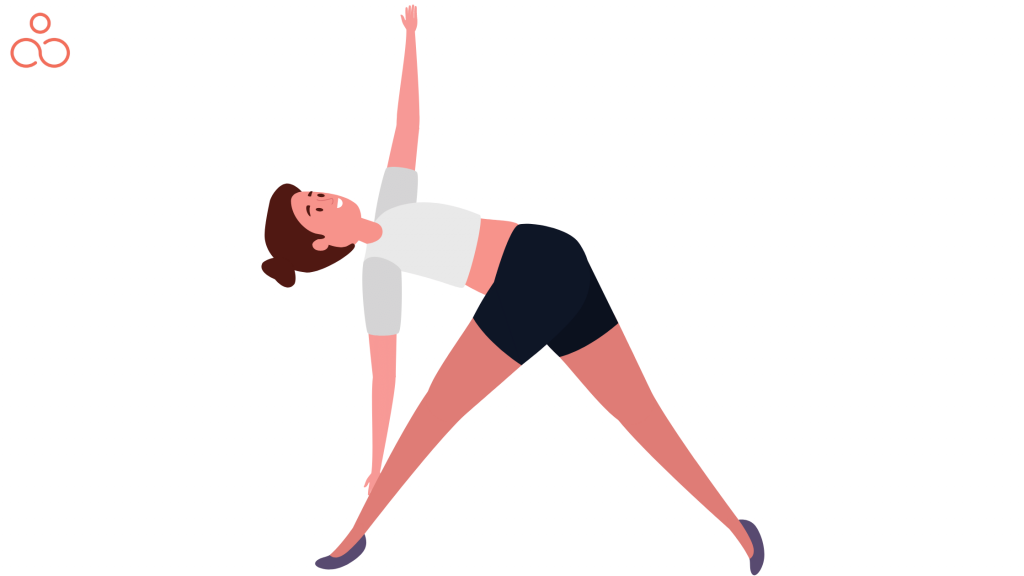
While this approach to yoga requires a high amount of physical activity, there are many great benefits that regular practice facilitates. Some of these benefits are common to other yoga forms, whereas others are unique to vinyasa.
Below are the top reasons for practicing Vinyasa Yoga:
- To improve cardiovascular fitness: If cardio exercises interest you, Vinyasa yoga may just be the perfect heart-beat raising routine for you.
- To shut disturbing voices in the head: Is there a time when you are actually thinking nothing? A constant flow of thoughts is one of the primary reasons for stress. Concentrating on all the movements and the flow helps to take the mind off the disturbance and allows the practitioner to be in the moment.
- To work your entire body: Burning calories, increasing mobility, improving agility and benefiting all parts of the body together are some benefits that Vinyasa yoga unlocks. If you are looking for a holistic routine that facilitates all of these, Vinyasa yoga may be the right routine for you.
- To quit smoking: A study showed that following a Vinyasa yoga routine helped some practitioners quit smoking.
Constituents of a good Vinyasa yoga routine
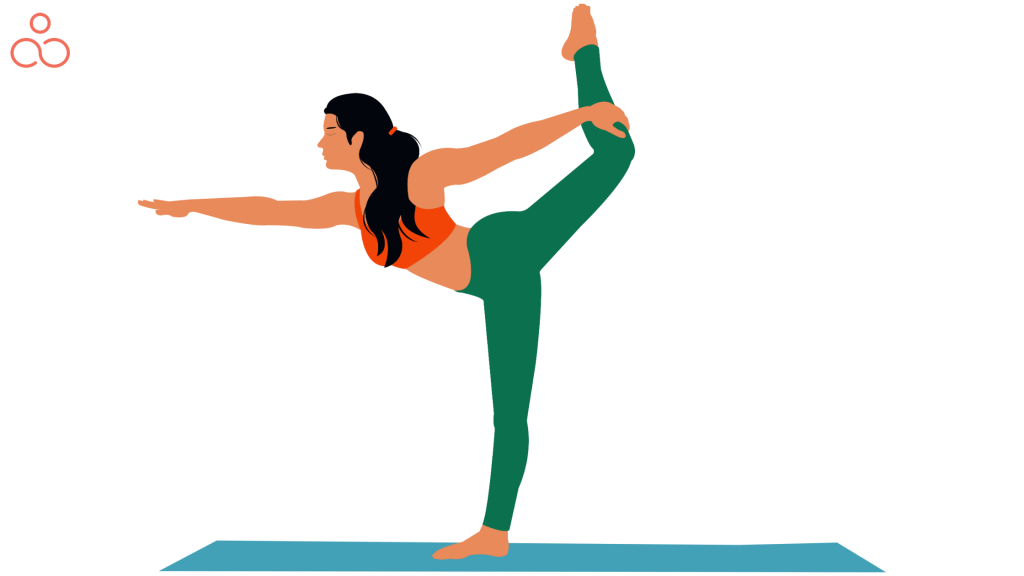
If you are referring to exactly what poses to do, then that is completely up to you. There are tutorials and classes that you can take that teach you how to do Vinyasa. As for what components make up Vinyasa, there is a bit more to look into. Below are important aspects of a good Vinyasa yoga routine:
Progression
Each position in a yoga routine should be carefully selected to make you get better, typically with the harder poses in the middle. That way you will have adequate warm-up and appropriate cool-down.
Breathwork
The direct translation of Vinyasa is breath-synchronized movement, which means breathing plays a major role in Vinyasa Yoga. You move in time with your breathing as a single, fluid movement. Taking a good breath is key to a good movement.
Fluidity
The connection between breath and movement results in one fluid motion. This flow is a vital aspect of a Vinyasa yoga routine.
Fluidity also represents the ability to change. Thus, Vinyasa doesn’t have staunch routines and practitioners are encouraged to do the poses that they feel fit in the flow.
The Benefits of Vinyasa Yoga
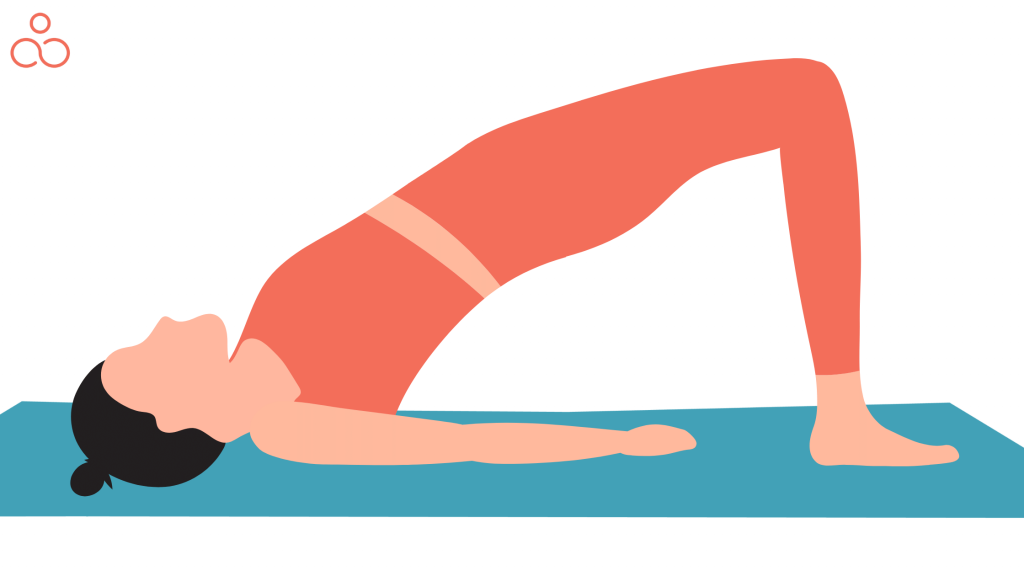
Physical Benefits
Here are the proven physical benefits of Vinyasa yoga. However, it is important to follow it regularly to realize these benefits.
Core Stability
Regular Vinyasa yoga practice helps to gain core strength and makes your spine more stable. Vinyasa yoga includes a multitude of postures that will engage your core, facilitate core strength and offer stability. It also works to build stamina and helps to prevent lower back strain.
Range of Motion, flexibility and mobility
Over the years of low physical movement and sedentary routines, the range of motion goes down. This makes the body stiff and less flexible. Vinyasa yoga can be a great preventive measure. It reduces the chance of injury while engaging in day-to-day physical activities by ensuring a wider range of motion.
This will mean fewer twisted ankles, pulled muscles or even strained necks as you move about with your body and grow older.
Better heart health
Whether you are extensively practicing Vinyasa yoga at a dynamic class or just practicing sun salutations in the morning, Vinyasa yoga can help to improve and maintain heart health. The upper back-bending postures in the routine help to increase blood circulation in the heart and other muscles and tissues around it.
Better Quality of Sleep
Regularly practicing Vinyasa yoga helps to lower your stress levels. This reduction in stress ensures better sleep and the ability to fall asleep sooner. Vinyasa yoga can also help to reduce instances of disturbed sleep.
Improvement in Lung Capacity
With an emphasis on deep breathing, your lungs will naturally get used to holding more oxygen. Not only is this helpful for those struggling with respiratory illnesses but also improves your response to high-altitude conditions or poor air quality which is a common phenomenon in today’s world.
Increase in energy levels
Research has concluded that yoga can significantly improve energy levels.
Vinyasa Yoga can help to correct poor postures leading to low energy levels. It also increases blood flow to the brain and thus reduces negative thoughts.
Weight Loss
Vinyasa yoga is an intense, calorie-burning exercise that causes a boost in metabolism. That means a consistent routine along with a balanced diet can help you shed excess weight.
Better Immunity
The fast-paced flow of Vinyasa yoga stimulates the lymphatic system, which is in charge of getting toxins out of your body. That means you will have a higher chance of keeping common illnesses at bay. However, note that yoga is not a replacement for doctor visits or medication.
Mental Benefits
Apart from the physical benefits, Vinyasa yoga offers a wide range of mental benefits. The mental benefits of Vinyasa Yoga are below:
Better focus and memory
Regular yoga practice can significantly improve mental focus. A significant part of Vinyasa Yoga is to focus on breathing and the changes between the asanas. This focus extends to other aspects of life and helps to be more focused, have control over emotions and maintain productivity at work. This focus also helps to improve memory.
Better Body Image
By doing anything that helps to improve your physical capabilities and achieve a body that you have always visualized, you can get a better body image. Thus, confidence and self-esteem are two main benefits of doing Vinyasa yoga.
Ability to regulate emotions better
Practicing Vinyasa allows you to have a better sense of self. Not only does this make you more aware of what you are feeling, but also helps you to consciously maintain your peace. It also helps to practice detachment from negative emotions and avoid overwhelm in adverse circumstances.
Better mood
Because of higher self-esteem and lower levels of stress, Vinyasa can help to be happier. It can help you work through difficult times and make you feel better about yourself. A better overall mood helps to improve relationships and thus maintains a feeling of being loved.
Lower stress levels
Lower stress levels are a dream for most of us. After all, lives are getting increasingly complex and right from work to relationships everything poses stress. Vinyasa uses deep breathing to go from pose to pose. It requires focus and concentration and thus takes your mind off things that could be troubling you and relieves overall stress.
Spiritual Benefits of Vinyasa yoga
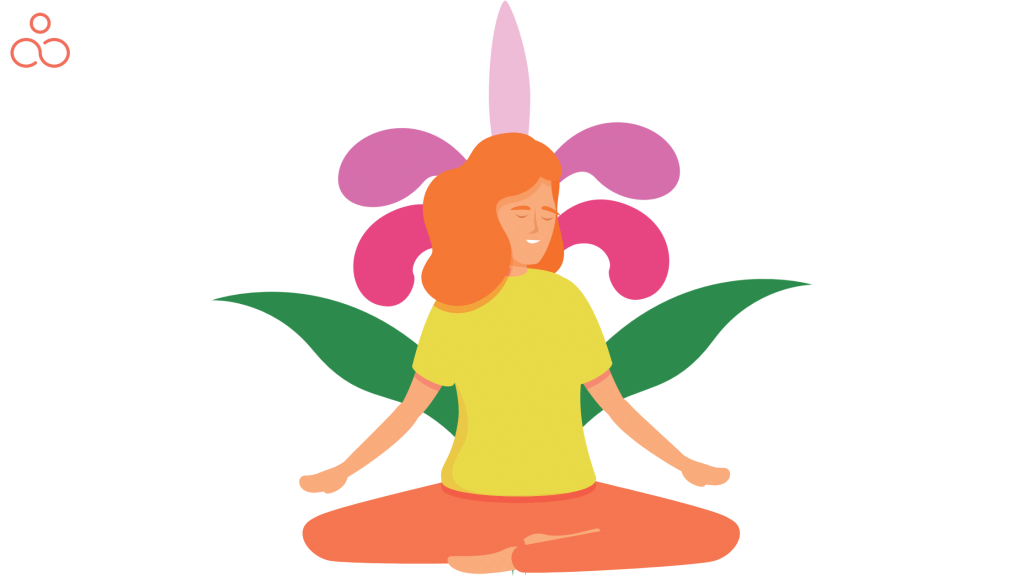
The spiritual benefits of Vinyasa yoga often attract practitioners to the form of exercise:
Calm Mind
With all the ruckus in the modern world, it is worthwhile to take a step back and not listen to what doesn’t matter. This is the primary focus of Vinyasa yoga. It teaches the right way to filter through the unnecessary fluff that will eventually weigh you down. That, paired with lower anxiety levels, can lead to a calm mind that has the bandwidth for significant stuff.
Emotional Healing
Apart from better emotional regulation, Vinyasa yoga can also be a tool to heal from things that have caused hurt in the past. It is an effective way to get over spiritual scars such as trauma, abuse or other bad experiences. Vinyasa can be used to heal the scars or at least decrease how much they affect your day-to-day life.
Inner Peace
Above all, yoga teaches you to be more in tune with yourself. That means you can be better spiritually aligned and your mind and body can be in sync with each other.
Make healthy lifestyle choices
A regular Vinyasa yoga practice will help you to make the right choices for your life. The mindfulness that it facilitates is a great way to get in touch with your inner self and work towards overall well-being.
Who can benefit the most from Vinyasa Yoga?
Vinyasa yoga is safe and effective for anyone. All you need to know is to breathe to be able to practice yoga. Those struggling with stress and finding it hard to relax find it particularly beneficial. Even seasoned athletes can use vinyasa yoga to take a break from intense and high-impact workouts. Vinyasa can be a perfect addition to any fitness routine.
Flows in Vinyasa Yoga
As we discussed earlier, Vinyasa Yoga is all about flow. As practitioners move from one posture to another in a rhythmic manner while maintaining their focus on each move, the series of postures is known as a flow. There are different types of flows in Vinyasa yoga.
They are below:
- Standing Vinyasa flow that causes the energy to flow down through the legs and the waist.
- Open your hips flow which helps to get rid of negative emotions, relieves back soreness and ensures better mobility.
- Hands-free flow that removes pain from the equation and offers the benefits of dynamic warrior poses.
- Seated and floor-based Vinyasa yoga flows that route the movement of energy through the lower body and offer a sense of balance.
Below is a sample Vinyasa Yoga flow
Some poses have to be done twice!
Palm Tree pose (Urdhva Hastasana)
Reverse warrior pose (Viparita Virabhadrasana)
Warrior pose 3 (Virabhadrasana III)
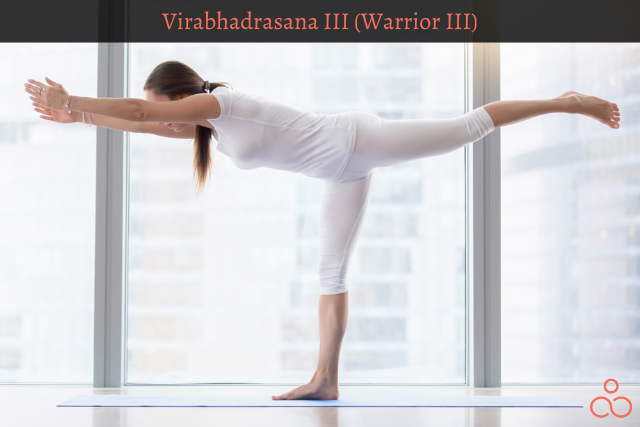
Half-moon pose (Ardha Chandrasana)
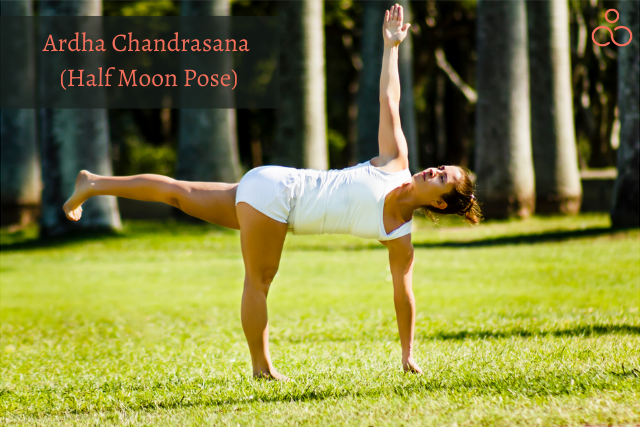
Reverse warrior pose (Viparita Virabhadrasana) again
Warrior pose 3 (Virabhadrasana III)

Revolved half-moon pose

Bowing yoga mudra seated
This is a standing Vinyasa flow sequence and the practitioner must go from one pose to another, inhaling and exhaling throughout.
FAQs
- How does Vinyasa yoga benefit the body?
Vinyasa yoga plays an important role in stress reduction. It also improves cardiovascular health and bone strength and unlocks a multitude of other physical and mental benefits.
- Does Vinyasa Yoga facilitate stretching and flexibility?
Yes, Vinyasa yoga is a great way to achieve flexibility. It helps to stretch the muscles and as you inhale with each pose, oxygen reaches the muscles and helps them relax.
- Does Vinyasa yoga help to shed weight?
Yes, you can burn nearly 500- 600 calories per hour of practicing Vinyasa yoga. If combined with the right nutrition, Vinyasa yoga can help to shed weight.
Conclusion
Vinyasa Yoga is a practice that facilitates overall health and well-being. This includes both physical and mental health. The benefits motivate individuals to continue following a healthy yogic lifestyle. Once you get comfortable with the fast pace and high intensity of Vinyasa yoga, you can also consider power yoga, hot yoga or Aashtanga yoga. Many yoga programs also include long-held yin yoga poses with Vinyasa yoga to make it more balanced and therapeutic. While Vinyasa Yoga is a great exercise form, make sure that you get proper training and supervision before attempting the flows on your own. This will help to avoid injury and reap more benefits. Also, practice regularly to see the benefits in the long term.

